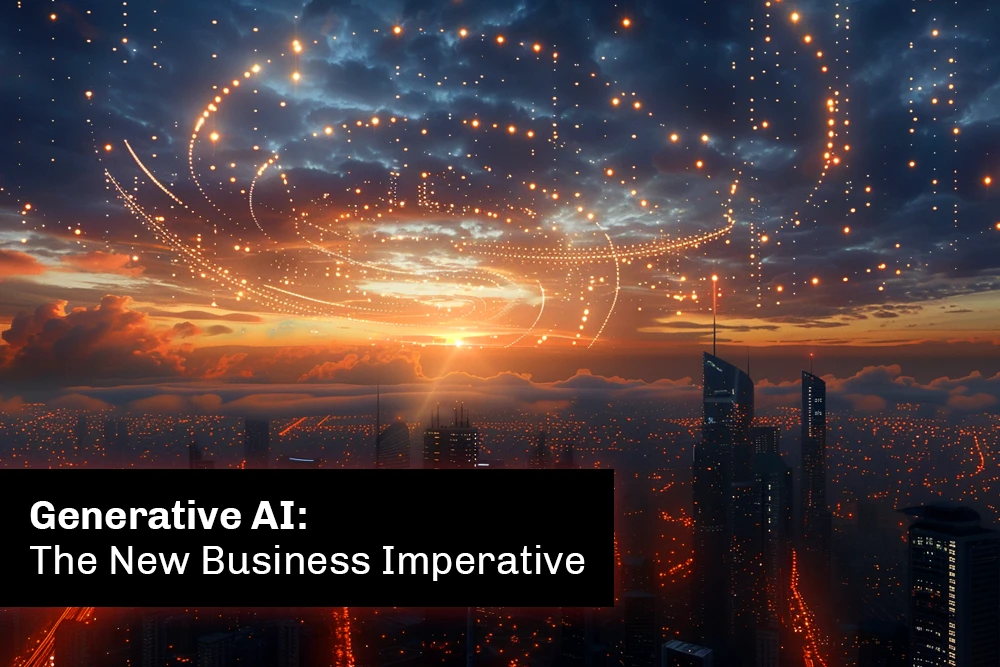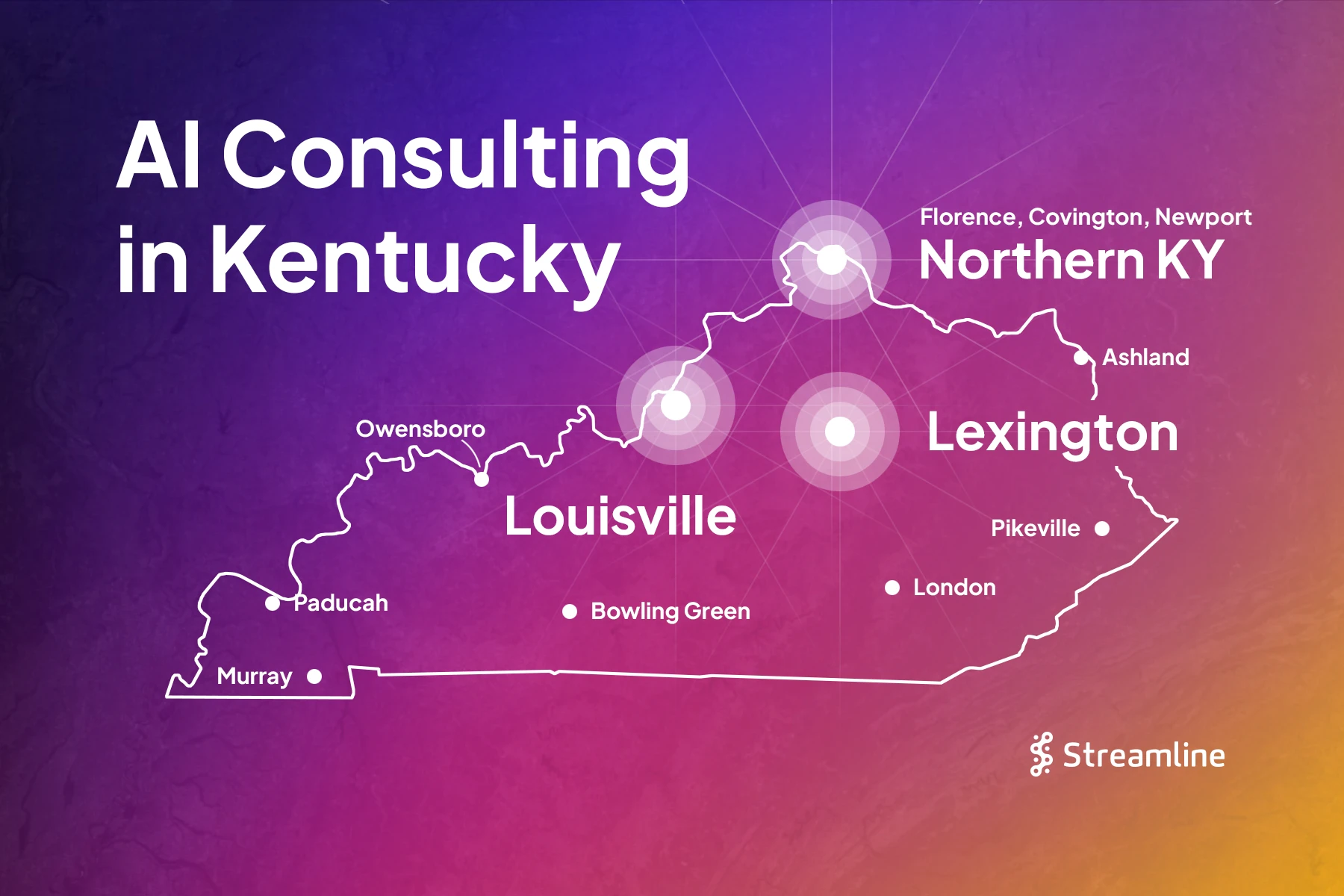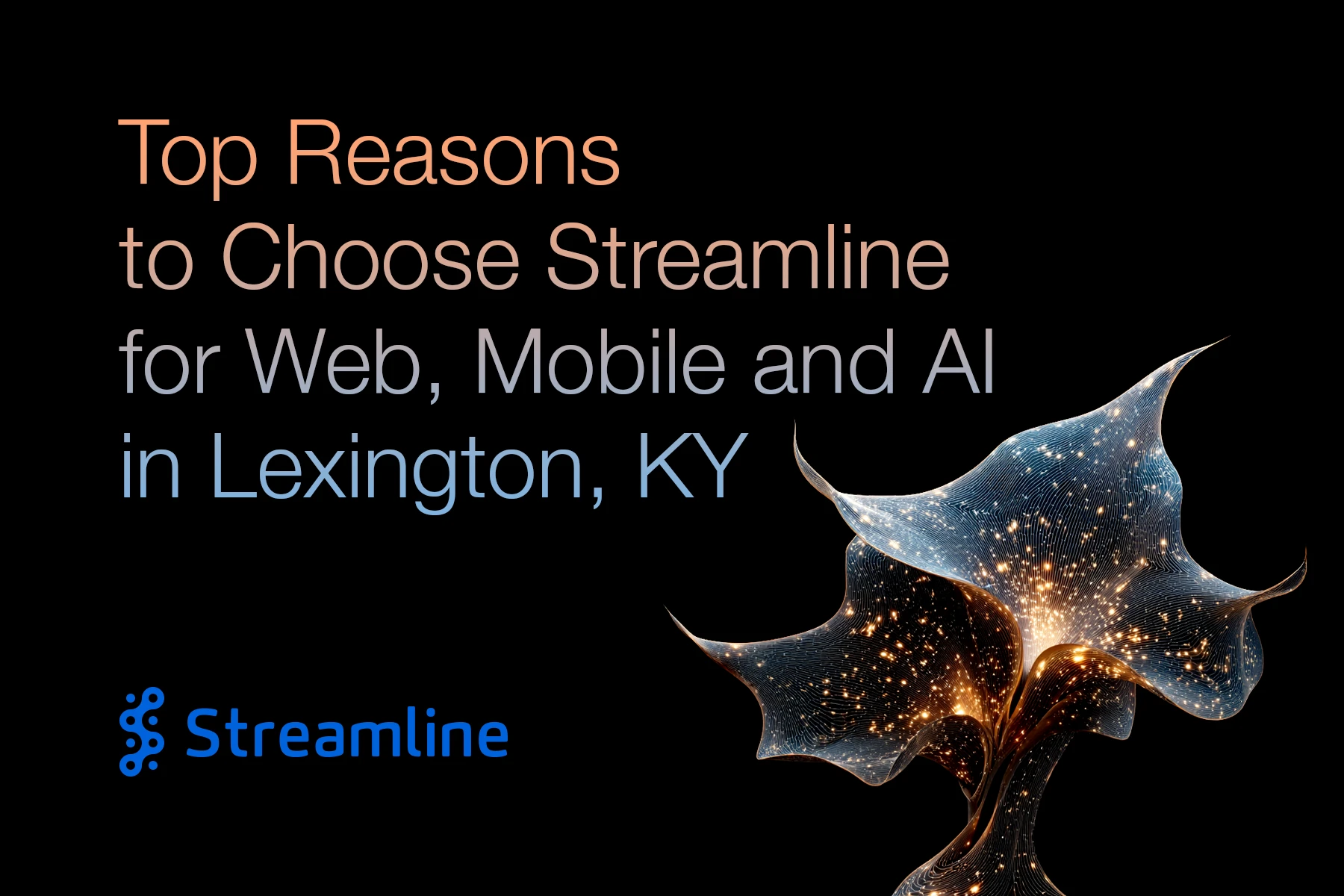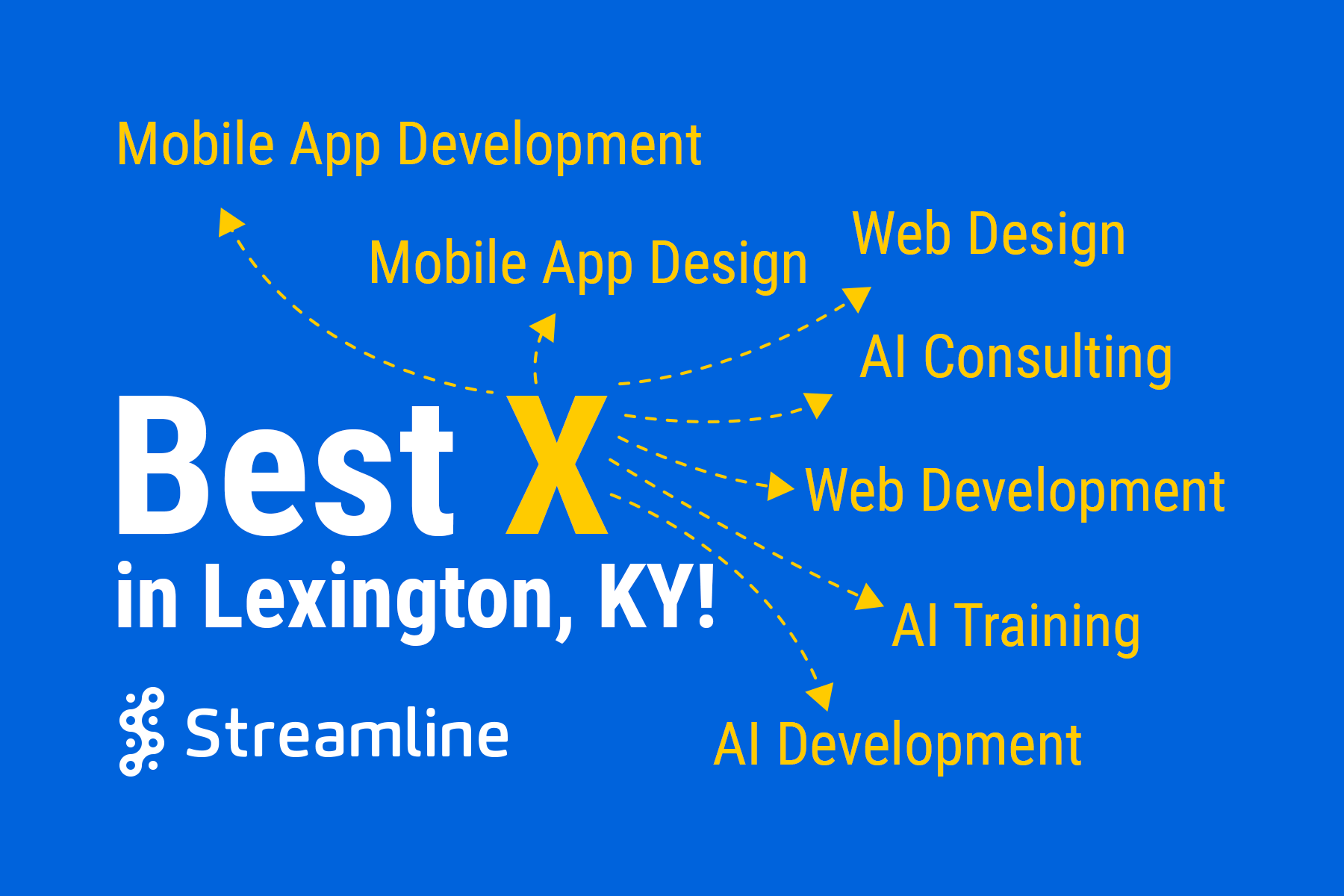What's all the fuss with generative AI?
Businesses that ignore generative AI risk becoming obsolete. This isn't hyperbole; it's the reality of a rapidly evolving technological landscape. The adoption of generative AI is occurring at an unprecedented pace. Major consulting firms see a surge in AI-related business.1 For instance, IBM secured over $1 billion in sales commitments related to generative AI. Also, Accenture booked $300 million in sales last year. McKinsey projects that about 40% of its business this year will be generative AI-related. This rapid adoption echoes the dot-com boom of the 1990s, but with even greater urgency and potential for transformation. The companies that thrive in the coming years will be those that embrace and effectively implement AI. It has the extraordinary ability to enhance their operations, products, and services.
What is generative AI?
At its core, it's a type of artificial intelligence that can create new content—text, images, code, or even music—based on patterns it has learned from existing data. An example of a generative image AI service is Midjourney, which createds images from user prompts. Unlike traditional AI systems that follow rigid, predefined rules, generative AI can produce original outputs that often appear indistinguishable from human-created work.
The power of generative AI lies in its ability to understand context, interpret nuanced instructions, and generate relevant, coherent responses. It's not just about automating tasks; it's about augmenting human capabilities and unlocking new realms of creativity and problem-solving.
How can businesses use generative AI?
Take a company that regularly produces lengthy, detailed reports. Its team could create a custom chatbot that allows users to query these reports interactively. Instead of sifting through hundreds of pages, a user could simply ask, "What were our top-performing products in Q3?" and receive an instant, accurate response. This not only saves time, but it also makes the information more accessible and useful.
The same company could use generative AI to assist in creating these reports. The AI could analyze raw data, identify trends, and generate initial drafts of report sections. Human experts would then review and refine these drafts, potentially cutting report production time in half while maintaining or even improving quality.
A company dealing with large datasets in spreadsheets or CSV files could use AI to analyze the data more efficiently and thoroughly than human analysts alone. The AI could identify trends, anomalies, or correlations that humans might miss. It could flag potential issues in the data, such as inconsistencies or outliers, and even suggest possible explanations or solutions. For example, in a sales dataset, the AI might notice a sudden drop in sales in a particular region and suggest investigating local economic factors or competitor activities that could explain this trend.
Customer service is another area ripe for generative AI integration. A well-trained AI could handle a large portion of customer inquiries and then provide detailed, context-aware responses. It could even generate personalized follow-up emails or suggest next best actions for human agents.
The key to successful implementation is to view generative AI not as a replacement for human workers, but as a powerful tool to augment their capabilities. It's about freeing humans from repetitive tasks so they can focus on higher-level thinking, creativity, and decision-making.
How do we implement generative AI?
For businesses looking to implement generative AI, the process typically involves three key components: the AI model, the company's proprietary data, and a method to combine the two effectively. The AI model—often a large language model like GPT—provides the base intelligence. The company's data gives the AI context and domain-specific knowledge. The method of combining these, often through a technique called Retrieval-Augmented Generation (RAG), allows the AI to draw on both its general knowledge and the company's specific information to generate relevant outputs.
This combination is crucial. Without it, businesses risk creating AI applications that are either too generic to be useful or that lack the broad understanding necessary to handle complex queries. The RAG approach allows companies to leverage the power of large language models while maintaining control over the specific knowledge the AI can access and use.
Once this foundation is in place, integrating AI into your software ecosystem becomes transformative. It's like giving your existing applications a brain upgrade. You can enhance current systems with AI capabilities, making them smarter and more efficient, or build entirely new AI-powered apps that work alongside your existing infrastructure. This flexibility allows you to evolve your digital landscape at a pace that suits your business, whether it's upgrading a customer service chatbot or creating an AI market analyst.
The beauty of this approach is that it doesn't force you to choose between revolution and stagnation. You can integrate AI piece by piece, learning as you go and adjusting based on real results. This gradual adoption isn't just convenient; it's often necessary, allowing businesses to make their operations smarter and more adaptable without the risk and cost of wholesale system replacement. Ultimately, it's about continuous improvement, guided by your unique needs and goals.
Of course, implementing generative AI isn't without challenges. It requires careful consideration of data privacy, output accuracy, and ethical use. But for businesses willing to navigate these challenges, the potential rewards are enormous. Increased efficiency, enhanced products and services, and entirely new business models are all within reach.
Need help?
At Streamline, we understand that navigating the world of generative AI can be challenging. We can guide you through every step of the process. That includes identifying the most impactful use cases for your business. It is also integrating AI with your existing systems and data and to training your team on how to leverage these new tools effectively. We don't just offer off-the-shelf solutions. We work closely with you to develop custom AI applications that address your specific business needs and challenges.
Don't let the rapid pace of AI adoption leave you behind. Contact us today to learn how we can help your business harness the power of generative AI. Stay ahead in this new technological landscape. Together, we can build an AI strategy that not only meets your current needs, but positions you for future success in an AI-driven world.
1 https://www.nytimes.com/2024/06/26/technology/ai-consultants.html



